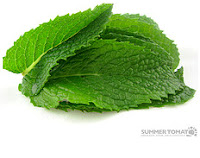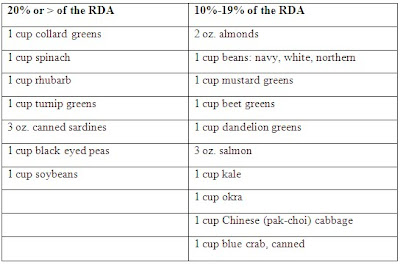 |
| CC Flickr image courtesy of SummerTomato |
Peppermint, a common flavor added to gum and other products
can do a lot more for you than just freshen your breath. It is in the family of the
mint herb, also known as mentha. Menthol and menthone are the main parts of
peppermint oil.
In dietary supplements, peppermint oil has been used to
relieve mild digestive problems like nausea, heartburn, indigestion, and
irritable bowel syndrome, to name a few. Its powerful aroma has been used to
relieve anxiety, improve memory, and increase physical activity endurance.
A recent study on twelve male university students shows how
ingestion of peppermint oil might improve exercise performance. Before taking
the peppermint oil, the students’ blood pressure, breathing rate, and heart rate
were tested followed by a treadmill exercise test to measure their respiratory
function and performance. Then they each drank a bottle of mineral water (500 ml) with
.05 ml (about a drop from an eye dropper) of peppermint oil for ten days and
repeated the same tests.
The second series of tests showed a significant
increase in respiratory function and the amount of calories they burned while
exercising. Their lung function, distance run, and stamina significantly
improved. Their heart rate and blood pressure were also lower.
A possible theory for their improved endurance is that
peppermint oil reduced lactic acid, which is a product of the breakdown of carbohydrates
for energy when the body is low on oxygen.
Besides improving exercise
endurance, you can also benefit from peppermint by:
- Drinking peppermint tea if you’re feeling nauseous or have heartburn
- Rubbing a little peppermint oil on muscle pain
- Taking a good whiff of peppermint oil to relax
Study source: Journal
of the International Society of Sports Nutrition 2013; 10:15.






